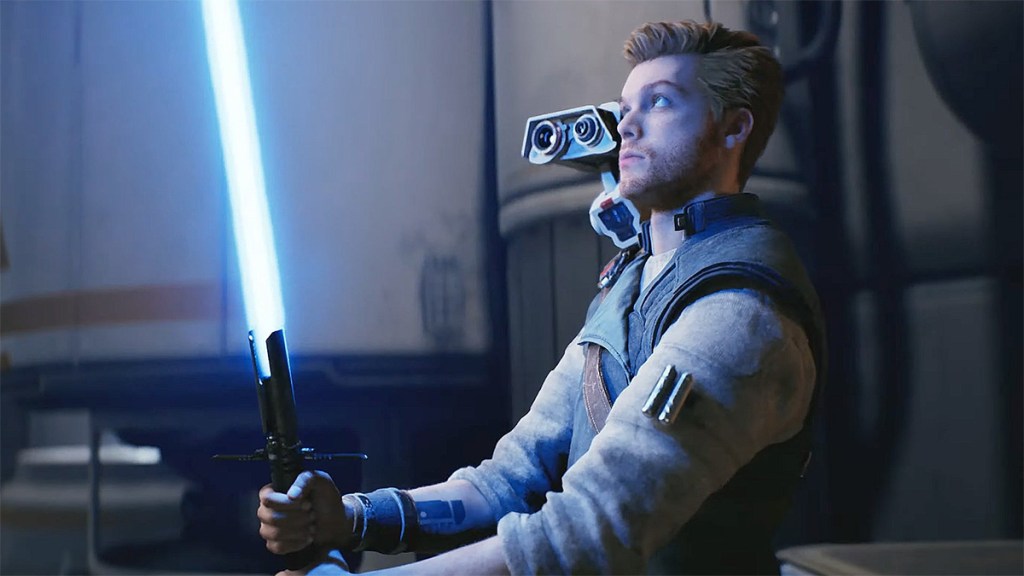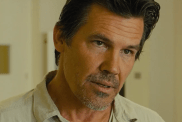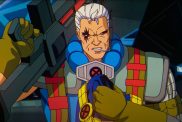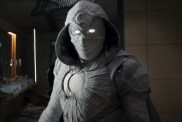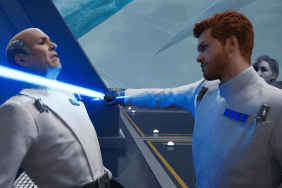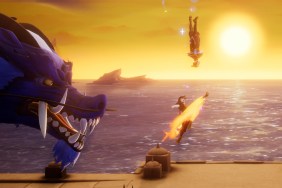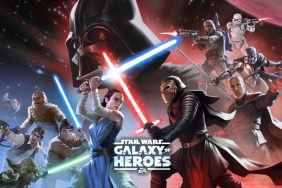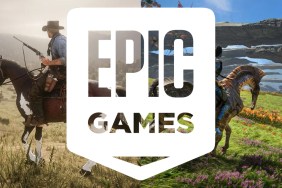Respawn Entertainment has only briefly teased the new combat stances in Star Wars Jedi: Survivor. But now the studio has divulged more information about how Cal Kestis will fight in the recently delayed sequel in what the developer is calling “Jedi 2.0.”
Senior Design Director Jason de Heras told IGN that Cal will be much more capable this time around to reflect how he has grown in the five years since the last title. This means that three of the five stances will be unlocked from the start: Single Blade, Double-Bladed, and Dual Blade. Game Director Stig Asmussen said that this was going to be the plan for Fallen Order, but the team didn’t quite have enough time to implement all three.
“We felt like it was important to give the player a greater arsenal right off the bat,” said Asmussen. “We had two fully realized stances in the first game, and that was the single [blade] and that was the staff, and we had a stance where you had a twin blade, which was something that we wanted to fully realize in the first game, but we basically ran out of time. And it ended up becoming a special move. It was a really cool moment, but it was not given the same amount of focus and execution. So that was like day one. We were like, ‘We’re gonna finish our twin stance.'”
Respawn started with the twin blades because it knew what the other two were because of their roots in the last game. De Heras said the studio wanted to make the twin blades more technical in order to give them their own place within the game. Players attack faster in this stance and have access to more combos but also take more damage. This is also the only stance that lets players dodge or guard cancel out of the startup animations of an attack, something that isn’t in the other stances which have players committing to their slashes. De Heras also said this stance lets players ride the line between recklessness and aggression.
The standard Single Blade stance is the all-rounder, as it has medium range and power. The Double-Bladed stance is for crowd control, but is a little on the slower side.
The final two stances — Crossguard and Blaster — weren’t as heavily detailed, but Respawn still gave a general overview of them. The former uses a hilted lightsaber much like the one Kylo Ren uses in the films, while the latter has Cal wielding a blaster alongside his blade. Crossguard is the slowest and has the shortest range of the stances but deals the most damage. De Heras said this stance will test how well players space their attacks because players don’t magically slide to an enemy if they are out of range when they hit the attack button.
Asmussen said the stance with the firearm came from the urge to give Cal more ranged attacks. While not explicitly detailed, it seems as though players use the saber to replenish their ammo, meaning they’ll have to go in in order to blast away at a distance. However, de Heras reiterated that this wasn’t a shooter and Survivor is still a melee-focused game. And while the Blaster stance is different from a gameplay standpoint, the team was intrigued by the narrative context it could bring, too.
“I know from a story standpoint we thought it would be something that reflects the journey that Cal’s going through to do something that’s unconventional, something that’s usually frowned upon for a Jedi, and putting him in this circumstance where he’s doing whatever it takes in the situation,” said Asmussen. “That’s something that I think, through conversations, we were able to really make that work in regards to combat.”
Each stance also its own skill tree full of upgrades (which complements the Force skill tree and more general one). Although, players are only allowed only equip two stances at a time and can switch them out at Meditation Points.
